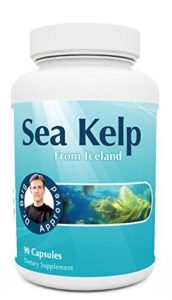In a long overdue move, the United States Department of Agriculture (USDA) has gotten rid of the famous Food Pyramid that for close to two decades was supposed to tell you how to eat. The new symbol is a plate-and-cup that will hopefully be easier to understand.
Michelle Obama, Agriculture Secretary Tom Vilsack and Surgeon General Regina Benjamin got together to announce the new paradigm, but the message seemed to be a little contradictory. According to Ms. Obama, parents “don’t have time” to measure out portions of food…yet, according to Dr. Robert Post, Deputy Director of the USDA Center for Nutrition Policy, “We know that with proper planning, you can get enough protein” from a vegan diet.
Hmmm. I can tell you from personal experience that, once you have the scale, it takes about ten seconds to measure out a portion of anything. On the other hand, I know very few vegans who actually (a) combine plant proteins properly on a regular basis and (b) get enough overall protein into their bodies (which is probably why so many of them start looking gaunt and eventually go back to eating animal sources). I have nothing against any particular diet plan, so long as it’s healthy, but let’s be clear about the realities of eating. Weighing food takes almost no time at all, and there is no better way of coming to grips with the reality of what you’re putting into your mouth–it’s just that it’s a bit of a hassle.
Anyway, time will tell if this new plate-and-cup idea takes hold. Meanwhile, if you have long-term tendon problems, here are some food-based issues to consider:
If you are overweight, the first thing to look at is losing the excess poundage.
If you are underweight, are you getting enough good fats in your diet?
For any American male, do you eat a preponderance of red meat versus fish and nuts?
Any or all of these can be (and probably are) contributing factors to your tendon pain. Fixing them is one step toward having healthy tendons and preventing recurrences of tendonitis/tendonosis. For more information about nutrition and supplementation as they relate to having healthy tendons, check out my book Target Tendonitis.



 One thing about the internet, there are lots and lots of supposed cures for pretty much everything under the sun. Tendonitis is no exception; you can find bogus remedies like
One thing about the internet, there are lots and lots of supposed cures for pretty much everything under the sun. Tendonitis is no exception; you can find bogus remedies like